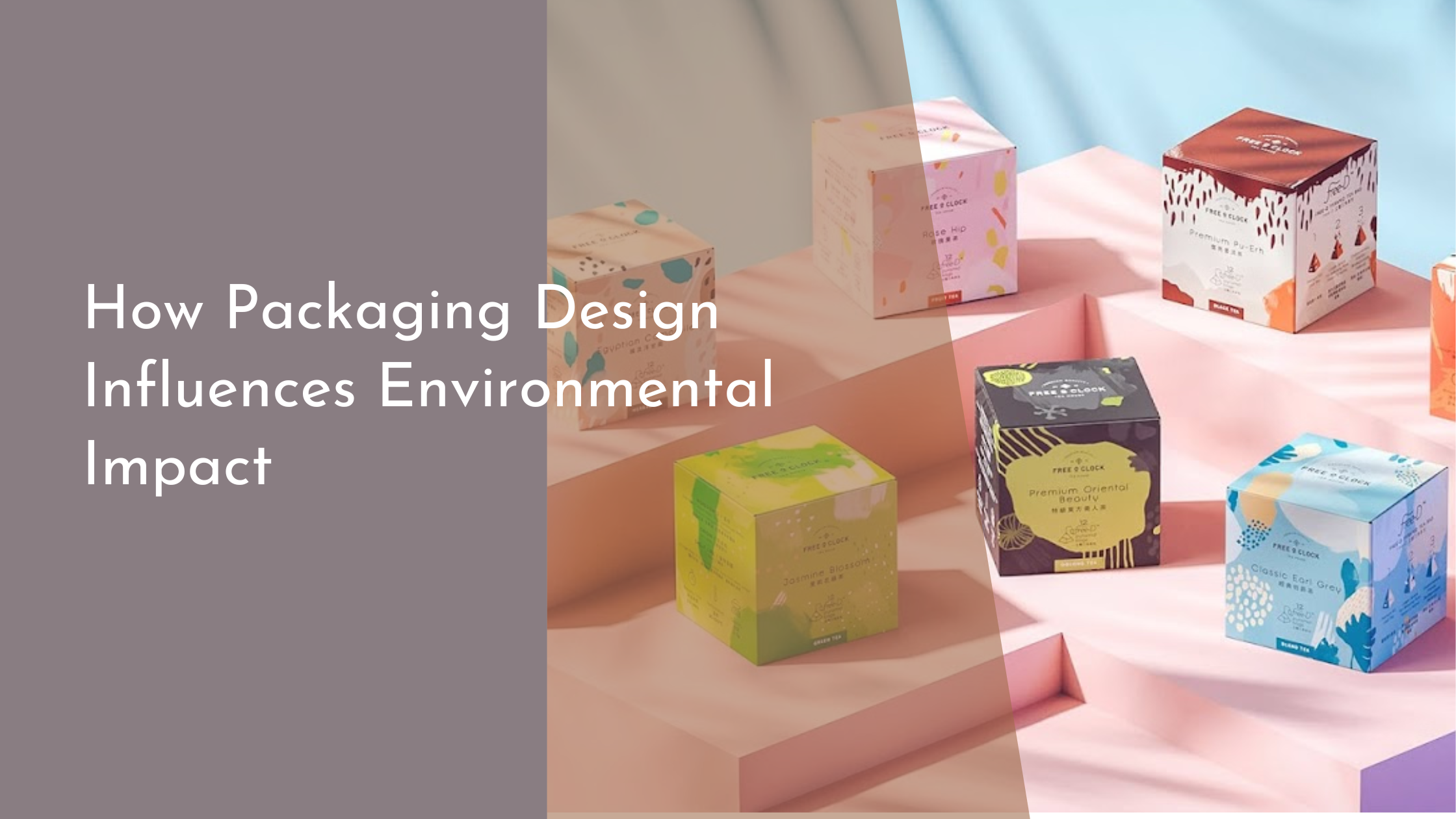How Packaging Design Influences Environmental Impact
In recent years, environmental sustainability has become a focal point for industries across the globe. As consumers grow more eco-conscious, businesses are increasingly recognizing the importance of sustainable practices—especially in packaging design. Packaging is not just about aesthetics or protection; it plays a crucial role in environmental impact. By understanding and addressing the influences of packaging design on the environment, companies can make meaningful contributions to sustainability while also appealing to mindful consumers.
The Role of Packaging in Environmental Sustainability
Packaging serves multiple purposes: it protects products, provides necessary information, and appeals to consumers. However, traditional packaging methods often contribute significantly to environmental degradation. Materials such as plastics and non-recyclable composites create waste that takes centuries to break down, and the production process itself often involves high energy consumption and carbon emissions. Therefore, businesses must actively consider the environmental implications of their packaging choices.
Sustainable packaging design seeks to minimize environmental impact by focusing on the three R’s: reduce, reuse, and recycle. By reducing the amount of material used, opting for reusable packaging, and ensuring that packaging is recyclable or biodegradable, companies can significantly lower their ecological footprint. This not only benefits the planet but also resonates with consumers who prioritize environmental responsibility, thus enhancing brand loyalty and market appeal.
Materials Matter: Choosing Eco-Friendly Options
The choice of materials is a critical factor in sustainable packaging design. Traditional packaging materials, such as plastic, are notorious for their durability and resistance to degradation, leading to long-lasting waste in landfills and oceans. In contrast, eco-friendly materials like recycled paper, biodegradable plastics, and plant-based materials offer a more sustainable alternative. These materials break down more easily and often require less energy for production and recycling.
Moreover, sourcing materials responsibly is equally important. Companies can further reduce their environmental impact by choosing locally sourced materials, which cuts down on transportation emissions, or by selecting materials certified by environmental organizations for their sustainability. By considering the entire lifecycle of packaging materials—from production to disposal—businesses can make informed choices that align with environmental sustainability goals.
Innovative Designs for Reducing Waste and Emissions
Innovative packaging designs are revolutionizing the way products are packaged, focusing on reducing waste and emissions. For instance, minimalist packaging, which uses the least amount of material necessary, not only conserves resources but also decreases shipping weight, thus reducing transportation emissions. Additionally, modular packaging designs that can be reconfigured or repurposed help extend the life cycle of the packaging, further minimizing waste.
Another innovative approach is the development of smart packaging, which incorporates technology to improve efficiency and reduce waste. For example, edible packaging, made from natural ingredients, eliminates waste entirely by being consumable. Meanwhile, packaging that changes color to indicate spoilage can reduce food waste, a significant environmental concern. These smart solutions demonstrate how creativity and technology can intersect to create more sustainable packaging options.
Conclusion: Designing a Greener Future with Packaging
The journey towards a greener future is paved with innovative and thoughtful packaging design. By prioritizing sustainable materials, adopting waste-reducing designs, and incorporating smart technologies, businesses can significantly mitigate their environmental impact. These efforts not only conserve natural resources and reduce carbon footprints but also align with the growing consumer demand for eco-friendly products.
Ultimately, the responsibility to protect our planet is a collective one, and packaging design is a powerful tool in this endeavor. As companies continue to push the boundaries of creativity and sustainability, they contribute to a future where packaging not only serves a functional purpose but also plays a critical role in preserving our environment for generations to come. Let’s embrace the challenge and opportunity to design packaging that honors the earth.

